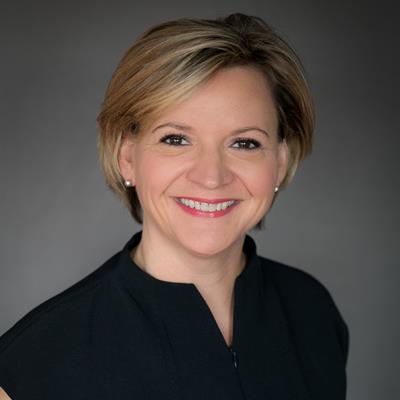February 8, 2022 -- BOSTON - What practices should organizations in the life sciences deploy to attract, develop, and retain the future workforce? Keynote speaker at the Society for Laboratory Automation and Screening (SLAS) 2022 conference, Raven Solomon, a diversity, equity, and inclusion (DEI) thought leader, provided a business case why DEI should be a priority for businesses.
The session, titled "The Clear Case for Diversity, Equity and Inclusion in Life Sciences" was the first keynote session at SLAS featuring a nonscientist speaker, Solomon told ScienceBoard during an interview following the session.
In her keynote address, Solomon defined DEI in the simplest terms: Diversity is the presence of difference, inclusion is making sure that the difference counts, and equity is ensuring the difference is accounted for.
Solomon's discussion also highlighted the impact that Gen Z will have on the workforce.
"Gen Z is about to infiltrate the workforce ... every workforce across the world, really," Solomon said. "They are the most racially and ethnically diverse generation we've seen in the U.S. They are the most gender-diverse generation we've seen in the United States, and they have buying power, and they are massive."
At the heart of the matter, Solomon explained that individual responsibility and accountability is essential to creating inclusion.
"Everywhere we go, we're bumping into people, and those people are encountering either our exclusive behavior or our inclusive behavior," she commented.
While DEI is often considered an organizational construct, Solomon emphasized that each person has a personal responsibility to take the necessary steps to learn, to educate themselves, to change, and to grow.
There are, however, steps that organizations can take to promote DEI in their workplaces. Solomon said there is no one-size-fits-all approach, but companies should take a step back and assess their current status, then strategically develop a plan. An early step that organizations can take is to not just create community but to also create business resource groups by which accountability is established, Solomon said.
Importantly, Solomon explained that it is critical to measure and track DEI efforts over time.
"Diversity is very quantitative," she said. "It's measurable -- it is very measurable. I should say it is about representation, it's about the counting of people. It's important and critical that we measure diversity. But how else will we know if we are improving and if we're moving the needle in representation if we don't count?"
Beyond diversity, Solomon added, the next step is to figure out how to measure inclusion. This is a much harder task, she explained, because it is based largely on qualitative experiences. Organizations should have a basis for where they stand today, then develop and execute a strategy over a course of year, and, finally, measure the impact of those investments -- and then repeat.
Copyright © 2022 scienceboard.net







